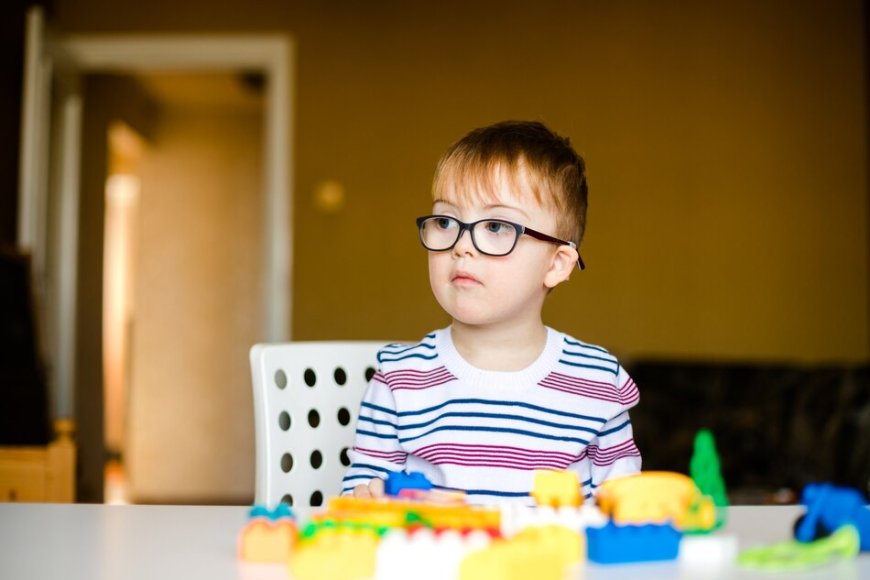What strategies can be implemented to address the struggles of autistic students in the classroom?

Addressing the struggles of autistic students in the classroom involves implementing a variety of strategies that cater to their unique needs. One effective strategy is to develop an Individualized Education Program (IEP) with specific, measurable, and achievable goals based on the student's strengths and needs. Regular reviews and updates of the IEP are necessary to reflect the student’s progress and changing needs. Establishing a structured environment with a consistent daily schedule can provide a sense of stability, while using clear, concise instructions and visual schedules can help students understand expectations.
Sensory accommodations are crucial, such as creating sensory-friendly spaces where students can go if they feel overwhelmed, and providing flexible seating options like fidget tools, noise-canceling headphones, or sensory cushions to help them stay focused and comfortable. Visual supports, including visual aids like charts, diagrams, and pictorial representations, can enhance understanding, and social stories can help explain social situations and appropriate responses, aiding in social skills development.
Communication support with special needs advocate is essential, which can be provided through augmentative and alternative communication (AAC) tools like picture exchange communication systems (PECS) or speech-generating devices if needed. Using simple, direct language and frequently checking for understanding also supports effective communication. Social skills training can be facilitated through small group sessions focused on teaching social interactions and communication skills, and role-playing activities can provide practice in a safe environment.
Behavior management strategies include using positive reinforcement to encourage desired behaviors and conducting functional behavior assessments (FBAs) to identify the root causes of challenging behaviors, followed by developing appropriate intervention plans. Academic support can be provided through differentiated instruction tailored to accommodate various learning styles and levels, and scaffolded learning, which involves breaking tasks into smaller, manageable steps and providing support as needed.
Collaboration with specialists, such as working with speech therapists, occupational therapists, and behavioral specialists, can address the student’s diverse needs. Regular communication with parents to share progress and collaborate on strategies is also vital. Training for educators should include ongoing professional development on autism spectrum disorder (ASD) and effective teaching strategies, as well as educating staff and students about autism to foster a more inclusive and understanding school environment.
Technology integration can support learning and engagement through educational software designed for students with autism and assistive technology to aid communication and learning. Peer support programs, such as buddy systems that pair autistic students with peers who can offer social and academic support, and peer training to educate classmates about autism and advocate for autistic adults can also be beneficial. Implementing these strategies can create a supportive and inclusive classroom environment that helps autistic students thrive academically, socially, and emotionally.
What's Your Reaction?





























